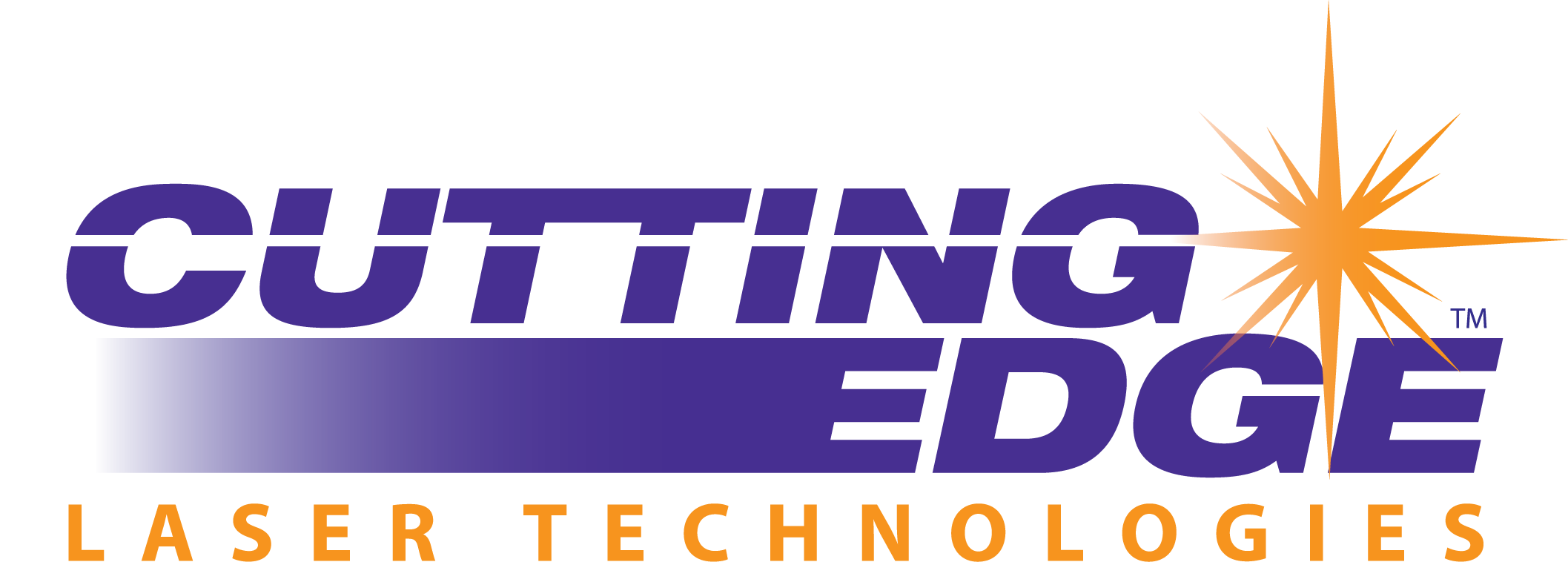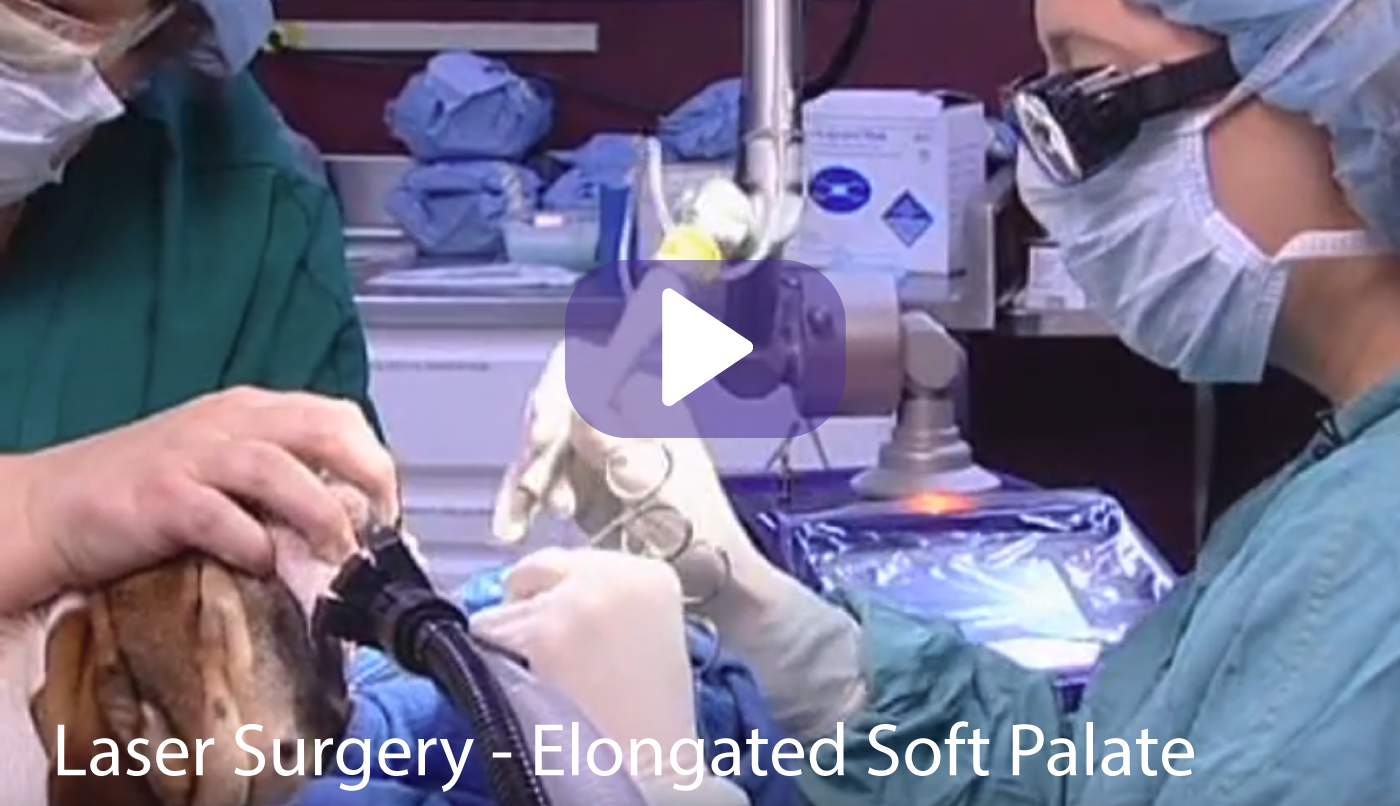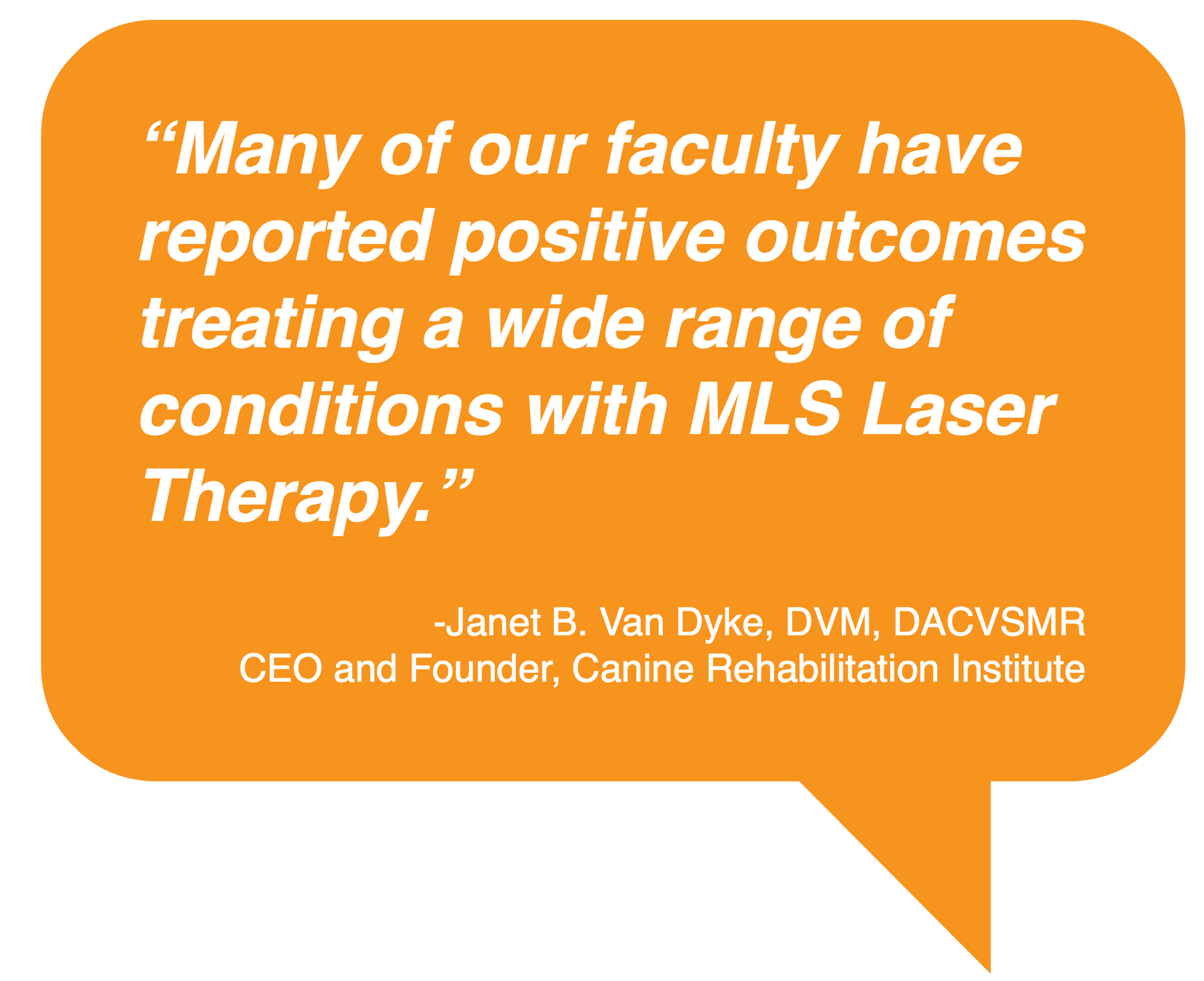Have you ever had to treat an elongated soft palate? Check out how Sue Scully, DVM uses our surgical lasers to perform procedures she used to refer out. See the CO2 laser in action and watch how it helps hemostasis by cauterizing while you work.
Topics: Veterinary Surgical Laser, Reduced Bleeding, Extreme Surgical Precision, Veterinary, Laser Surgery for Faster Recovery
Why Laser Surgery?
The veterinary laser provides the surgeon with improved hemostasis while significantly reducing the pain and swelling due to its unique properties. Using endoscopic, laparoscopic, and other minimally invasive methods, fiber directed laser energy (Diode and Ho:YAG) has been used to treat diseases of the upper and lower GI tract, including benign polyps, gastric ulcers, and intestinal neoplasia.
Topics: Class IV Laser, Veterinary Surgical Laser, Vascular Activity, Reduced Bleeding, Reduces Swelling, Extreme Surgical Precision, Tissue Repair, Reduced Pain, Laser Surgery for Faster Recovery
Surgical Laser Comparison With Traditional Scalpel And Electrosurgical Scalpel
Since one of the possible ways to use the CO2 laser is to cut soft tissues, it is interesting to note which features distinguish it from the “competition”: the traditional scalpel and electrosurgical scalpel.
Topics: Surgical Laser, Veterinary Surgical Laser
A multitude of types of laser exist today. They exploit the excitation and emission capacities of a variety of materials in the solid, liquid, gaseous, with semiconductors, or so-called chemical state. Each one possesses a different wavelength, different emission modes, and efficiency, depending on the materials used and their physical-chemical characteristics..
Topics: Surgical Laser, Veterinary Surgical Laser





